In the future, going to the zoo will be pretty wild. From cloned versions of extinct animals and big habitats where human visitors and not the animals are enclosed, zoologists and other zoo professionals who met at a recent conference proposed several innovations that we could see in the next generations of zoos.
The "Symposium on the Future of Zoos" was held at Canisius College in Buffalo, N.Y., on Feb. 10-11. One tantalizing possibility is Jurassic Park-style immersion. The idea of walking from cage to cage may soon be obsolete, and "replaced with animals wandering in larger areas while people would be enclosed," Jeffrey Yule, Ph.D., coordinator of the environmental Science Program at Louisiana Tech University, told the Monroe News Star.
There was also talk of robotic animals, which would be safer and more accessible than their living counterparts. However, "The group had mixed responses to whether a robotic zoo would work... Some thought they would be exciting; others felt that no matter how realistic the models were, people wouldn't be interested," according to InnovationNewsDaily.
As for clones, dinosaurs are probably unrealistic, but a variety of other extinct species are on the table. The woolly mammoth, in particular, may be a good candidate for cloning, as scientists have well-preserved DNA from mammoths whose remains were frozen in permafrost.
Other possibilities of animals that could be cloned include dodo birds, passenger pigeons, a relative of the zebra called the quagga, and the so-called "Tasmanian wolf," which died out in the 1930s, according to Michael Noonan, a biologist at Canisius.
However, animal cloning has been the subject of intense ethical discussion—Noonan opined, "Animals should not be brought back just as curiosities." However, "as a means to the end of restoring extinct species that were lost because of human actions," Yule told the Huffington Post in an email, "cloning at least deserves our consideration on a case-by-case basis--or, at least, it could, as the technology for doing the work improves."
And even if the environments can be created for living animals at large scales, recreating extinct animals' habitats for a "cageless" experience would bring a host of other difficulties. Among these is the risk that extinct species from environments that no longer exist could become invasive in today's world, Yule noted, also citing "Good taste/aesthetics... lack of extinct species needed to constitute those lost communities [and] changing climatic conditions."
WATCH: ROBOTIC ANIMALS REALISTIC ENOUGH?